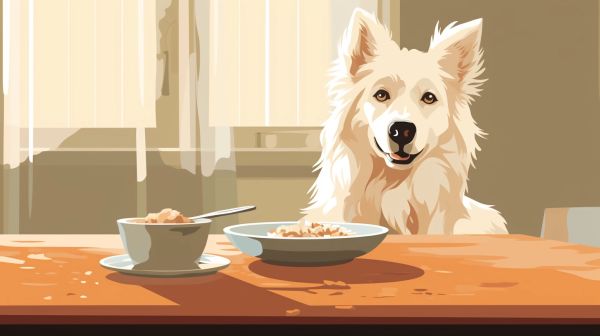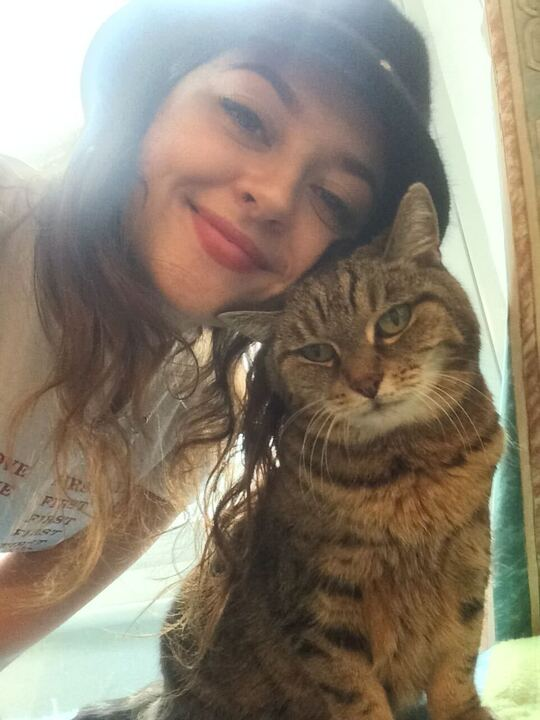Key takeaways
We've collaborated with Pet Poison Helpline® to help spread the message about toxic food for dogs and how to care for our furry friends.
There are plenty of foods that can be toxic for dogs, and it's essential that as many owners as possible know these dangers.
If your dog has been poisoned, there are 4 main steps to take: don’t panic, be proactive, get professional advice, and ignore misinformation.
Pet Poison Helpline® offers 24/7 support for owners who need help and advice for every pet.
Quick Navigation
Toxic food for dogs
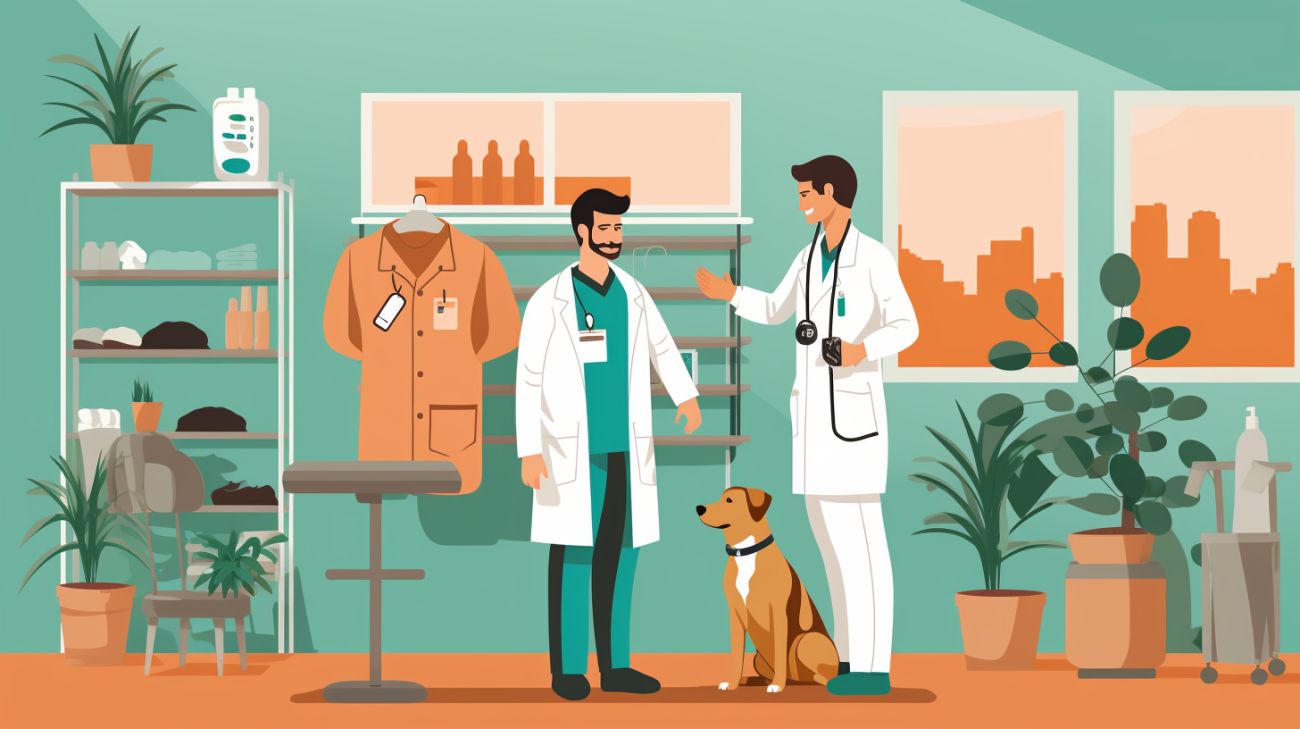
Milk chocolate
Dark chocolate
White chocolate
Garlic
Onion
Corn on the cob
Avocado
Grapes and raisins
Alcoholic drinks
Raw bread dough
Chewing gum
Macadamia nuts
Energy drinks
Xylitol (an artificial sweetener found in sugar free gum and other sugar free foods)
Raw potatoes
Raw eggs
Too much salt
Potato chips and other salty foods
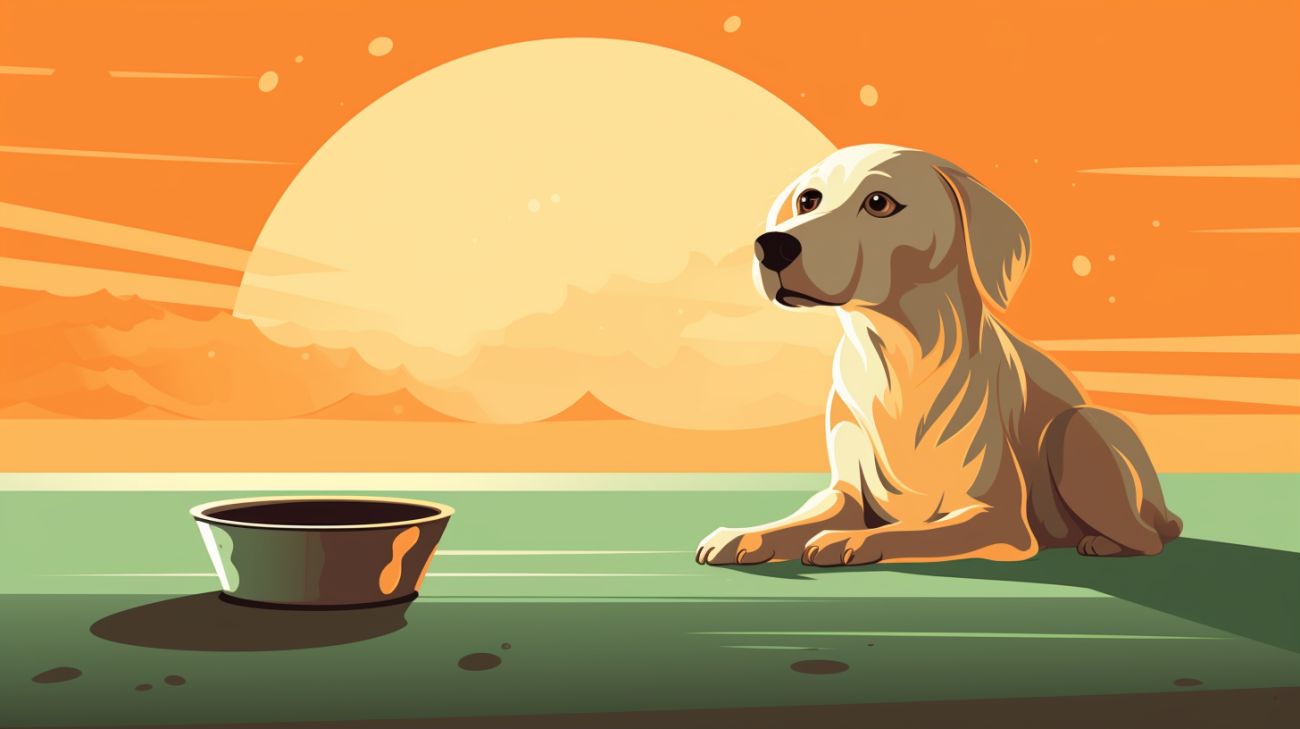
What to do if your dog is poisoned

1. Don't panic
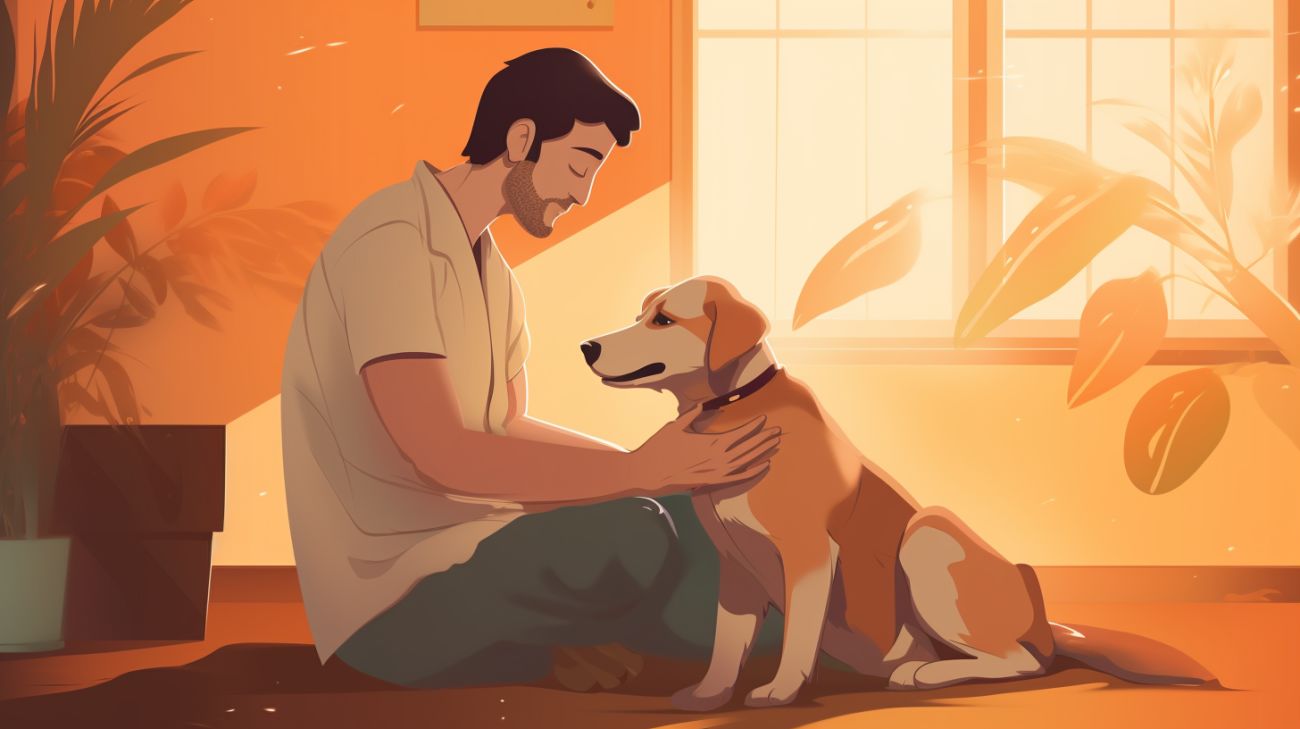
2. Be proactive
Gather any remaining product to ensure continued exposure does not occur.
If the exposure was on the skin/haircoat, rinse the area and bathe with a liquid degreasing dish soap to minimize absorption through the skin or ingestion by licking the area.
Find product packaging, if available, and have the product name, ingredients, strength, and quantity information available.
If your pet was potentially exposed to something while they were missing from their home, it is usually impossible to gather the above information. Collecting as much information as possible about the area they were missing from, how long they were gone, and where they were found can often be helpful in piecing together potential exposures, especially if clinical signs are already present.
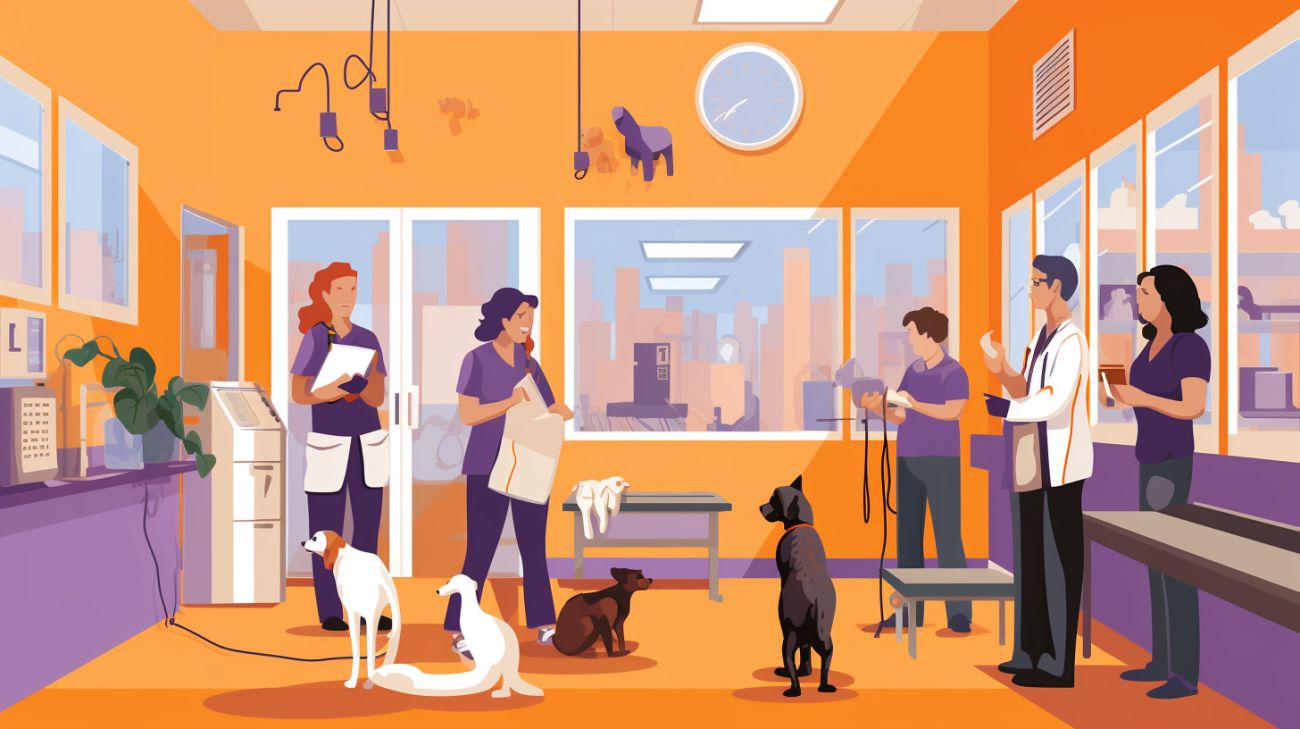
3. Get professional advice
The time
Amount
The type of exposure (ingested, inhaled, or contact through the skin or eyes)
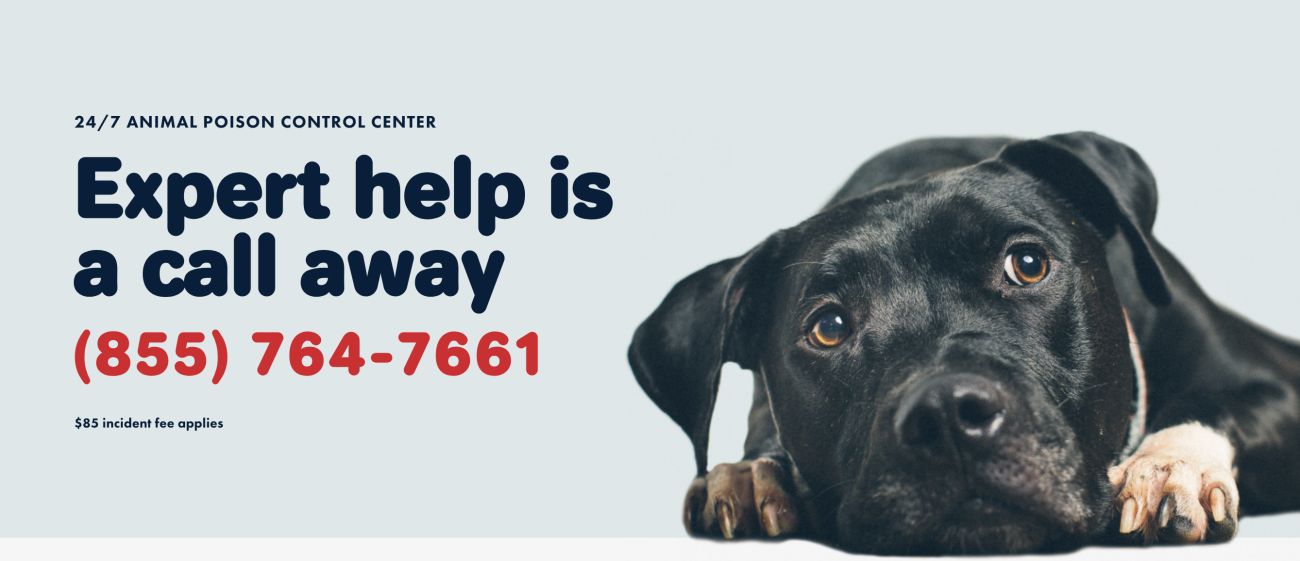
4. Ignore misinformation
Raw meat is poisonous: Raw meat is not poisonous for most dogs, but it may cause an upset stomach in large quantities. If you're considering a raw meat diet for your pup, make sure you do your research!
Apple seeds are poisonous: While apple seeds do contain a very, very small amount of cyanide that is toxic to dogs (and humans), your pup will have to swallow at least a thousand to be poisoned, so they aren’t in immediate danger.

What can happen if your dog eats dangerous foods?
Kidney failure
Drinking too much and producing too much urine
Weakness from the lack of potassium in the blood
Depression from the increase of waste in the blood
Weight loss
Blood in urine
Vomiting
Decreased appetite
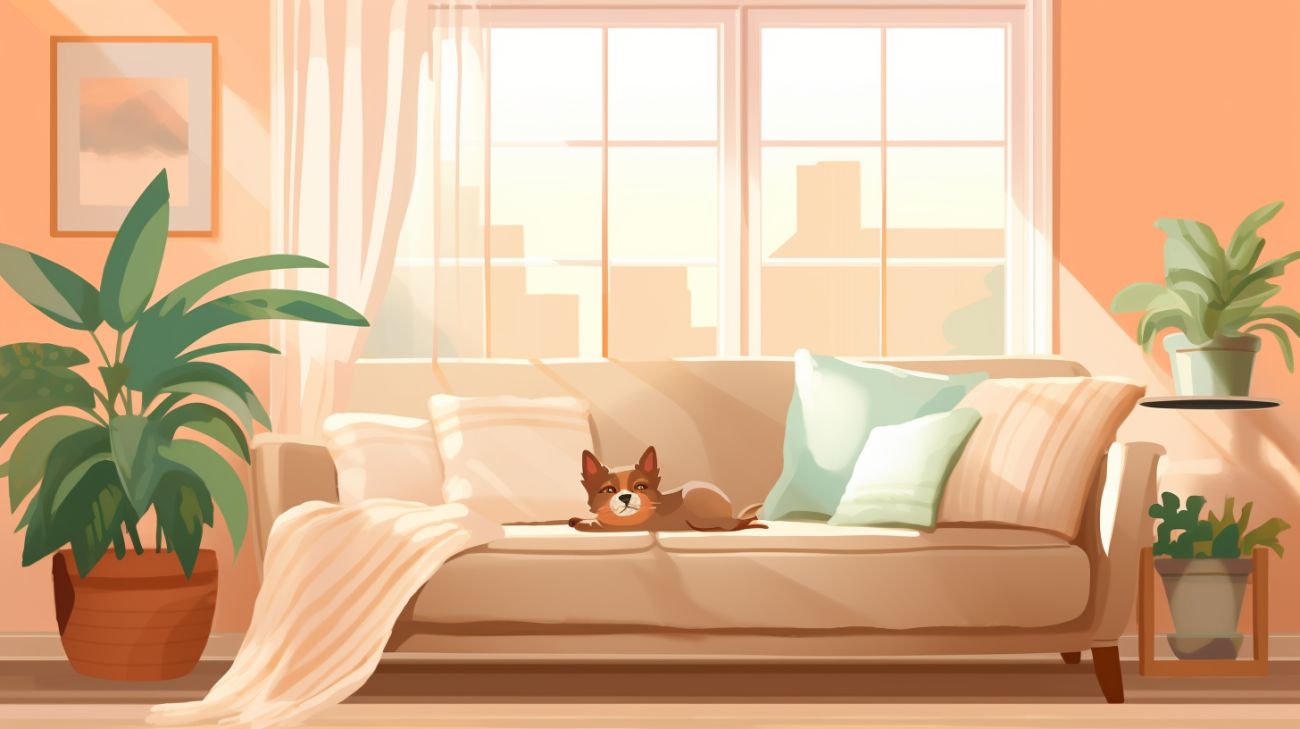
Your dog's blood sugar may drop
Disorientation
Muscle tremors
Vomiting
No appetite
No energy
High body temperature

Mild stomach upset
Some vomiting
Some diarrhea
Lack of energy
Lack of appetite
Offer them ice cubes: If they are vomiting, they may struggle to hydrate themselves. Lots of water may make them even more sick, whereas ice cubes can be an attractive alternative.
Fasting: Not feeding your dog for 24 hours can speed up their recovery time.
Bland food: When you are feeding them, stick to bland foods like rice and chicken instead of fatty foods to make sure you don't irritate their stomachs even more.
Rest: Make sure your dog is well rested, as this will help them recover. Sit with them and comfort them, but don't demand any attention, take them for walks, or try playing with them.
If your dog's upset stomach seems mild, you can normally look after them at home. However, if anything changes and they become more severely ill, take them to a vet immediately.
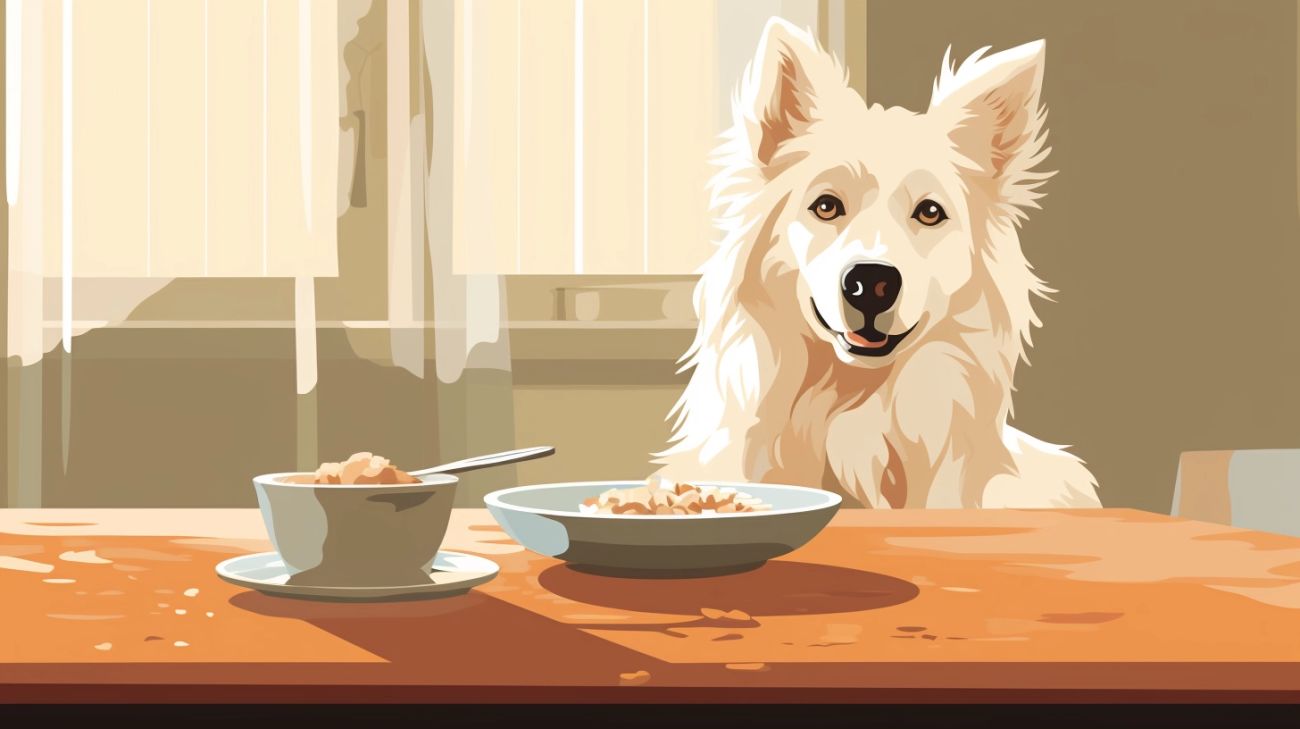
FAQs
Why can't dogs have grapes?
It's not known what the substance that harms dogs in grapes is, but it can cause instant kidney damage. Even just one grape can have severe repercussions.
Are bananas bad for dogs?
No, bananas are not bad for dogs in moderation. If a dog eats too many bananas, the high sugar content may have an adverse effect on them, so keep them to a treat once in a while.
What are the 10 most toxic foods for dogs?
The 10 most toxic foods for dogs include chewing gum, chocolate, onions and garlic, grapes and raisins, avocado, raw bread dough, macadamia nuts, and corn on the cob.
What is most poisonous to dogs?
Many substances can be poisonous to dogs. One that can be fatal is the artificial sweetener Xylitol, often found in sugar-free snacks.
What food should you never give to dogs?
You should never give your dog food that is cooked with garlic and onion. Also, avoid sugar-free snacks that may contain Xylitol, and never give them grapes or chocolate.
Can dogs have cheese?
Yes, dogs can have cheese. It can make for a tasty treat every now and then, but keep the portion sizes in moderation!
Can dogs have tuna?
Yes, dogs can have tuna. Make sure they don't have it too frequently, and be sure to only feed them tuna that's canned in water rather than salty brine.

